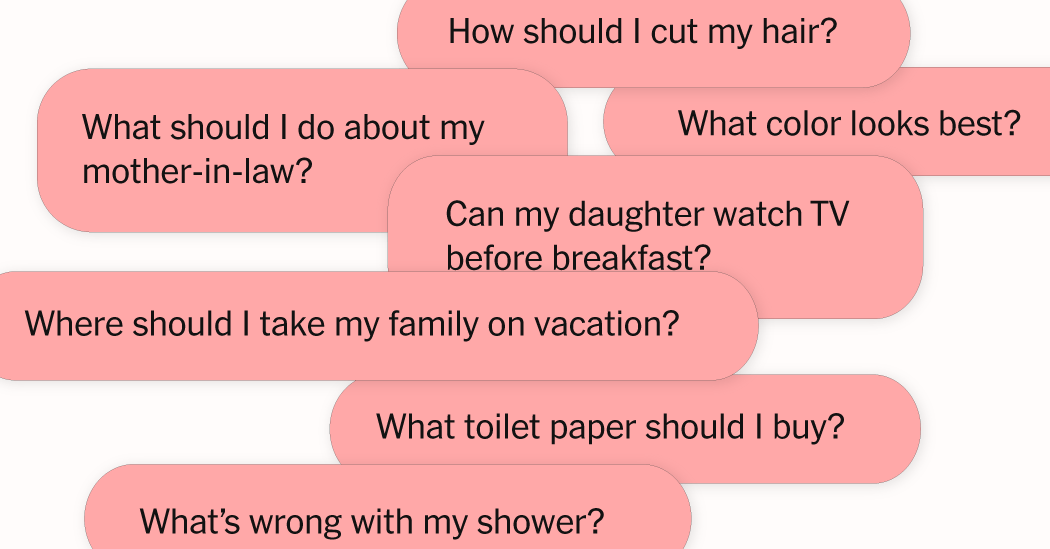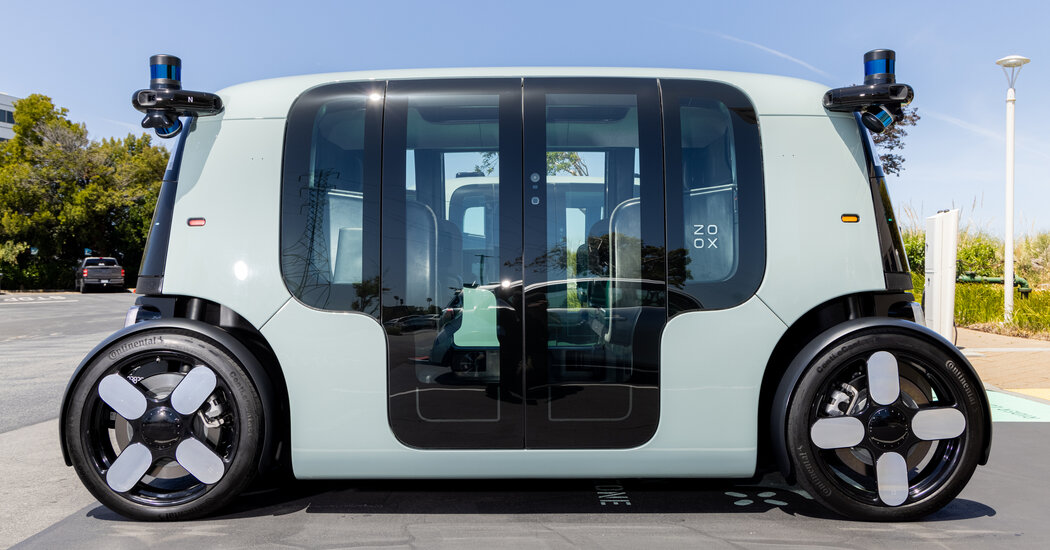Each June, Apple unveils its newest software features for the iPhone at its futuristic Silicon Valley campus. But at its annual developer conference on Monday, the company will shine a spotlight on a feature that isn’t new: Siri, its talking assistant, which has been around for more than a decade.
What will be different this time is the technology powering Siri: generative artificial intelligence.
In recent months, Adrian Perica, Apple’s vice president of corporate development, has helped spearhead an effort to bring generative A.I. to the masses, said two people with knowledge of the work, who asked for anonymity because of the sensitivity of the effort.
Mr. Perica and his colleagues have talked with leading A.I. companies, including Google and OpenAI, seeking a partner to help Apple deliver generative A.I. across its business. Apple recently struck a deal with OpenAI, which makes the ChatGPT chatbot, to fold its technology into the iPhone, two people familiar with the agreement said. It was still in talks with Google as of last week, two people familiar with the conversations said.
That has helped lead to a more conversational and versatile version of Siri, which will be shown on Monday, three people familiar with the company said. Siri will be powered by a generative A.I. system developed by Apple, which will allow the talking assistant to chat rather than just respond to one question at a time. Apple will market its new A.I. capabilities as Apple Intelligence, a person familiar with the marketing plan said.
Apple, OpenAI and Google declined to comment. Apple’s agreement with OpenAI was previously reported by The Information and Bloomberg, which also reported the name for Apple’s A.I. system.
Apple’s move into generative A.I. will test whether the company can once again enter a new market and redefine it. While Apple didn’t make the first digital music player, smartphone or smartwatch, it transformed those categories with the iPod, iPhone and Apple Watch. Now, after two years of watching Microsoft, Meta, Google and Samsung integrate generative A.I. into products, Apple is going from observer to potential challenger.
Weaving generative A.I. into iPhones is also set to be a key moment for the technology, which can answer questions, create images and write software code. Apple will broaden generative A.I.’s reach to more than a billion users and determine how useful it is for everyday iPhone customers.
To date, the technology’s promise has been undercut by its flaws. Google has introduced and pared back generative A.I. search abilities that recommended people eat rocks, while Microsoft has been criticized for the security vulnerabilities of a personal computer that uses A.I. to record every second of activity.
“We’re still figuring A.I. out because it’s so complicated,” said Carolina Milanesi, president of Creative Strategies, a tech research firm. “Apple is pretty conservative when it comes to everything, so I don’t know that they will ‘wow’ people. But they have to do this because it will be how we interact with technology going forward.”
Wall Street investors, and not Main Street consumers, are a major reason Apple is jumping into A.I. The technology has lifted the values of Microsoft, a big player in generative A.I., and Nvidia, which sells A.I. chips. In January, Microsoft dethroned Apple as the world’s most valuable public tech company.
The market reshuffle happened as Apple stayed silent about A.I. The company has a policy of not sharing future product plans, but as its stock position dropped, Tim Cook, Apple’s chief executive, broke protocol and told Wall Street analysts in a call in May that it would soon introduce generative A.I. offerings.
Apple’s share price has rebounded since Mr. Cook made that commitment. As of Friday, Apple’s stock had risen 6 percent this year, less than Microsoft’s 14 percent increase and Nvidia’s 151 percent jump.
(The New York Times has sued OpenAI and Microsoft over usage of copyrighted articles related to A.I. systems.)
Apple has long been under pressure to revamp Siri, which wowed people when it was released in 2011 but then did not change much over time. The talking assistant’s shortfalls were eventually featured by the comedian Larry David during the final season of “Curb Your Enthusiasm” in a scene where he yelled at Siri as it repeatedly provided the wrong directions.
Enter OpenAI, which has positioned itself at the forefront of the generative A.I. movement with ChatGPT. Apple plans to complement what OpenAI offers with technology that it developed in-house to do select iPhone tasks. Its system will help Siri set timers, create calendar appointments and summarize text messages.
The company also plans to promote its revamped Siri as more private than rival A.I. services because it will process many requests on iPhones rather than remotely in data centers. Apple’s privacy focus proved to be a sticking point during negotiations with OpenAI and Google because it wanted to limit what iPhone data partners received, a person familiar with the negotiations said.
It’s possible that Apple may look to offer the improved Siri as a service, analysts said. By charging $5 a month for people to use the talking assistant, the company could generate $4 billion to $8 billion in annual sales, according to Morgan Stanley.
Though it has been late to the generative A.I. race, Apple has pursued the idea of a digital personal assistant for about 40 years.
In 1987, it released a concept video showing a professor speaking to an assistant called the Knowledge Navigator, which could manage his calendar and pull up his lecture notes. The video helped inspire a group of A.I. researchers at SRI International, an independent research laboratory, to create a virtual assistant called Siri in 2008.
In 2010, Apple bought the technology for $200 million. The company released Siri a year later on the iPhone, demonstrating its ability to provide the time in Paris or pull up a list of 14 Greek restaurants.
“We set in motion a user-interface paradigm that no one has really improved upon,” said Tom Gruber, a Siri co-founder who worked at Apple until 2018. “But we still don’t have a personal A.I. — an assistant that knows my life. With generative A.I., it’s feasible now.”
Cade Metz and Brian X. Chen contributed reporting.







